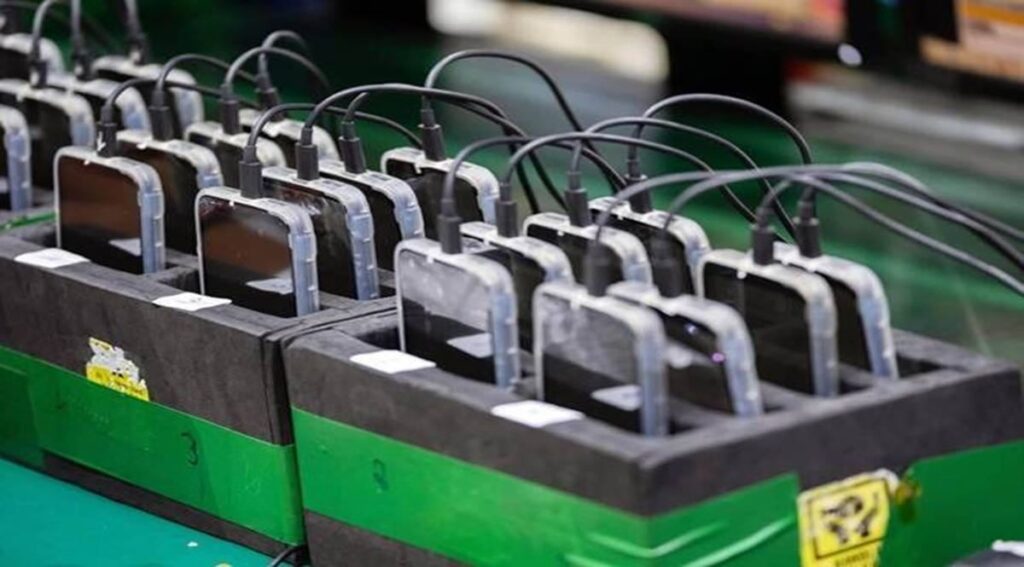With just two of fourteen companies having met the first-year (FY22) incremental sales target under the IT hardware production-linked incentive (PLI) scheme, the government has initiated talks with industry players for a total revamp. Sources said the scheme has failed to yield desired results and the selected firms have expressed unhappiness over the present structure of incentives. While among the global applicants, only Dell has been able to meet the first-year target, among the local players, Dixon Technologies is understood to have scraped through.
That the scheme failed to excite global majors is clear from the fact that Dell, which was one of the few global majors which opted for the scheme, has agreed to claim incentives only for the first two years of the four-year period. To be sure, Dell already had a manufacturing presence in India before the IT hardware PLI scheme was announced, so it did not require shifting the manufacturing chain from China as was the aim of the scheme. Global major Apple, which participated in the smartphone PLI scheme, did not opt for IT hardware.
Sources said that the government now realises that it held scant consultation with the industry and largely replicated the smartphone PLI model. The problem in this approach was that in the case of smartphones there was already $27 billion worth of manufacturing taking place in the country at the time of the PLI scheme. However, in case of IT hardware, the value of billed production was only $0.
5 billion domestic production. On March 3, 2021, the government had notified the IT hardware PLI scheme under which 14 companies were chosen. Among the global companies were Dell, ICT (Wistron), Flextronics and Bharat FIH – formerly known as Rising Stars Hi-Tech (Foxconn) – to produce laptops, tablets, all-in-one personal computers (PCs) and servers.
Under the domestic category, 10 companies, namely Lava, Dixon Technologies, Infopower Technologies (JV of Sahasra and MiTAC), Bhagwati (Micromax), Neolync, Optiemus, Netweb, Smile Electronics, VVDN and Panache Digilife, were approved. Under the scheme, international companies need to record net incremental sales of Rs 1,000 crore to be eligible for the first-year incentive of 4% in cash backs, while for local companies, the target was Rs 50 crore. However, there were problems right from the start.
When the government had announced the scheme on February 24, 2021, the outlay was fixed at `7,350 crore over a four-year period. During this period, the government had estimated a production of up to `3. 26 trillion, of which exports were expected to be of the order of Rs 2.
45 trillion. Later that year, on May 4, when the government announced the names of the companies which had applied for the scheme, the production target was slashed to `1. 60 trillion of which exports would be of the order of Rs 60,000 crore.
Since the incentive structure is based on achieving a minimum threshold of incremental sales, over the base year, going up to a maximum limit, with companies committing to a lower production target the outlay of Rs 7,350 crore was automatically pruned by half. IT hardware manufacturers blamed this on the low incentive structure which works out to an average of 2-2. 5% over a four-year period and does not justify relocating units from China or Vietnam, especially for hardware products where import duties are nil as they fall under information technology products.
The incentive structure for mobile phones PLI, which was operationalised in August 2020, and saw companies committing up to the maximum limit, works out to around 4. 5% over a five-year period. Industry executives feel that the ideal incentive structure for IT hardware should be in the range for 7% to 8%.
.
From: financialexpress
URL: https://www.financialexpress.com/industry/only-2-of-14-companies-meet-fy22-target-under-the-scheme-it-pli-back-on-drawing-board/2581354/
